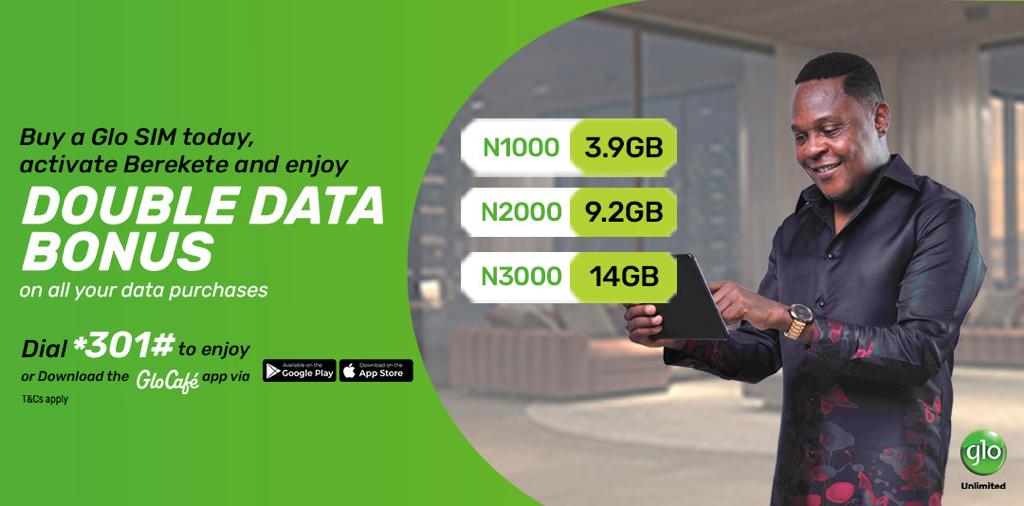
In a move to intensify the artificial intelligence landscape, Google recently unveiled Bard, a platform that combines generative AI with collaborative capabilities. Sissie Hsiao, Vice President and GM of Assistant and Bard at Google, expressed her enthusiasm for the creative and imaginative ways people have been interacting with Bard.
I, for one, have gotten some really fun ideas to help teach my 7-year old fractions!”, she wrote. “Since we rolled out Bard — initially in the U.S. and the U.K. — we’ve gotten quite a bit of feedback and have adapted quickly to make your experience with it even better. We recently moved Bard to PaLM 2, a far more capable large language model, which has enabled many of our recent improvements — including advanced math and reasoning skills and coding capabilities. In the past few weeks, coding has already become one of the most popular things people do with Bard”.
– Hsiao
Following its initial launch in the United States and the United Kingdom, Bard has received extensive feedback, leading to rapid adaptations and improvements. It has now been migrated to PaLM 2, a more advanced large language model, enabling recent enhancements such as advanced math and reasoning skills, as well as coding capabilities. Coding has swiftly emerged as one of the platform’s most popular applications.
Hsiao believes that this early success is just the beginning for Bard as Google introduces new collaboration avenues. The platform is now available in over 180 countries and territories, with plans to expand further. Bard is currently offered in Japanese and Korean, with support for 40 languages expected in the near future. Google remains committed to upholding high quality standards and respecting local nuances while continuing to refine and expand the platform.
One of the upcoming developments for Bard involves incorporating more visual elements into its responses and user prompts.
“Coming soon, Bard will become more visual both in its responses and your prompts. You’ll be able to ask it things like, “What are some must-see sights in New Orleans?” — and in addition to text, you’ll get a helpful response along with rich visuals to give you a much better sense of what you’re exploring”.
“You’ll also be able to include images — alongside text — in your own prompts, allowing you to boost your imagination and creativity in completely new ways. To make this happen, we’re bringing the power of Google Lens right into Bard. Let’s say you want to have some fun using a photo of your dogs. You can upload it and prompt Bard to “write a funny caption about these two.” Using Google Lens, Bard will analyze the photo, detect the dogs’ breeds, and draft a few creative captions — all within seconds.
Google has also taken developers’ feedback into account, resulting in key coding upgrades. Starting next week, Bard will provide more precise source citations, highlighting and linking to specific sections of code or cited content. A Dark theme has been introduced to enhance the user experience, and soon users will have the ability to export and run code using the Python language with the partner platform Replit.
Looking forward, Google plans to integrate the capabilities of its existing apps and services, including Docs, Drive, and Gmail, into the Bard experience. Privacy settings will empower users to decide how they wish to use these integrated tools and extensions. Moreover, Bard will expand its functionality by integrating with a variety of web services through partnerships with external providers. Adobe’s Firefly, a family of creative generative AI models, will be integrated into Bard, allowing users to transform their creative ideas into high-quality images. This feature will adhere to Adobe’s rigorous quality and ethical standards.
Google aims to make Bard a hub for creativity, productivity, and curiosity by forging connections with useful apps and partners such as Kayak, OpenTable, ZipRecruiter, Instacart, Wolfram, and Khan Academy.
“There’s a lot ahead for Bard — connecting tools from Google and amazing services across the web, to help you do and create anything you can imagine, through a fluid collaboration with our most capable large language models. When we combine human imagination with Bard’s generative AI capabilities, the possibilities are boundless. We can’t wait to see what you create with it,” Hsiao concludes


